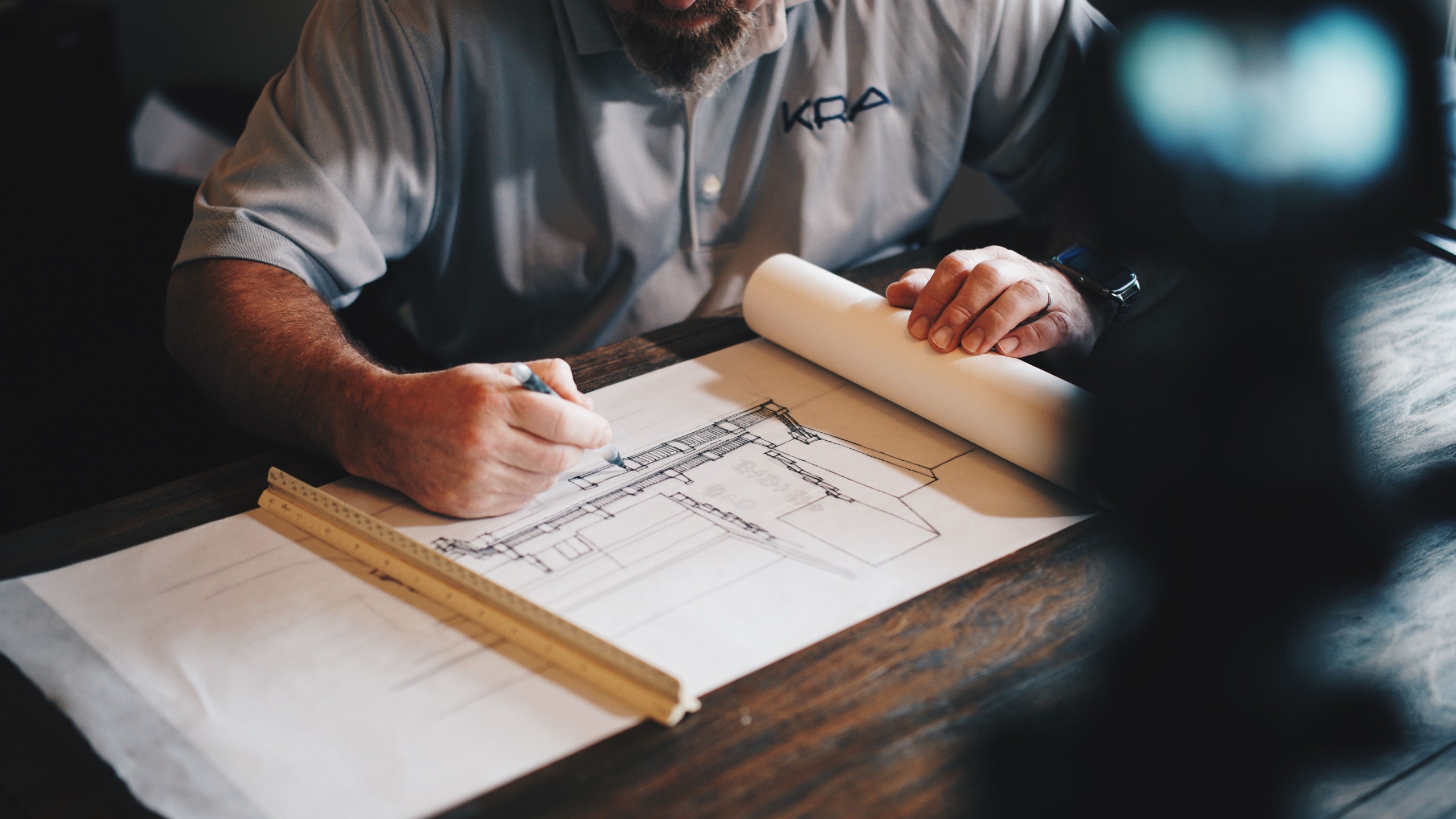8 Things Designers Wish Builders Knew
Jon Vaughan

The builder and designer relationship is one of the most pivotal in a construction project. A positive relationship can lead to more successful projects (and happier clients), so maintaining a healthy professional connection is key. Source
A designer draws up the concept and strives to incorporate the homeowners’ vision, but rely on builder and supplier expertise to bring the idea to life. Builders are responsible for a wide range of duties in a construction project, including the execution of the idea that the designer creates. If communication between parties isn’t clear, it can cause a number of project delays (and probably some tension).
Project efficiency is key, but if your team isn’t on the same page, it’s hard to keep things running smoothly. It’s a common problem in the industry, however, and both builders and designers offer different perspectives in construction, both of which are immensely valuable. Since it’s always helpful to look from someone else’s perspective, here are a few things designers wish builders knew.
1. Planning Ahead for Success
Builders have the opportunity to review the statement of work or project scope, in order to start planning what they can before the job starts. “Planning begins before starting the project, including selecting the best construction methodologies, preparing the construction schedule/program, and organizing resources,” says Paul Netscher, author of Successful Construction Project Management.
Before the job kicks off, the designer can communicate to the builder and their team the resources requested, which team members should be involved, timelines and budgetary constraints.
Keeping all stakeholders in your project on the same page is key here. “It also encompasses daily and weekly planning through the life of the project to ensure all tasks are completed,” says Netscher.
2. Keep Everyone Accountable

Start the project launch by assigning roles and responsibilities to your team and communicating those expectations.
Builders should encourage clear communication and ensure they understand their team’s responsibilities by asking the designer specific questions, especially if there isn’t clarity around who is doing what (and when). “A construction job site is no place for misunderstandings––too much is at stake,” writes Jody Pellerin for Jobsite.
3. Avoid Making Assumptions (Just Ask)
Remember that people can’t read minds. Builders should report any issues as they arise to the designer, especially if it’s going to affect the project timeline, product specifications or the team’s workload.

The designer is also a great resource for builders: They work with a wide range of industries and individuals, so it helps to ask questions and speak up.
“Keep communication flowing,” says construction consultant Dan Julien. “Making sure all stakeholders in the project are aware of what is happening on the job will minimize the phone calls, emails and conference calls in the midst of trying to fix or recover from an issue onsite.”
4. Perform Audits Throughout a Project

When you perform regular audits throughout a project, you ensure that your project stays on track and within the proposed budget.
This saves time and money for everyone involved. “While it might seem better to wait for the work to be completed and then submit actuals, it’s important for contractors to negotiate based on estimates you have at the time and before you incur the cost,” reports Constructor Magazine. “Otherwise, you may never recover the costs.”
5. Communicate Feedback
Remember that a designer is a creative professional, and creators need feedback to improve and grow in their business.
Builders can be a resource to designers, especially when it comes to their knowledge about the quality of materials, new products or installation. Builders can also offer support to designers by making referrals or recommending quality material suppliers.
6. Be Open to New Things!
Collaboration should be a priority, and that means everyone involved should be open to different perspectives. When it comes to new products or technology, builders have an opportunity to improve their business when they implement new strategies.
“[F]ocusing on strategic collaboration in construction can be the first brave step for a building sector without mistrust and costly disputes,” writes Anastasios Koutsogiannis for GenieBelt. “Data is the key for this paradigm shift, and digital tools can function as the actors of change which can push for the creation of an open and cooperative ecosystem.”
7. Focus On the Details

Builders execute the ideas created by designers and architects, and sometimes bringing these ideas to life requires extra attention.
The details really do matter, however. “Architects spend long hours measuring, drawing, and re-measuring to produce precise angles and other specifications,” reports South Bay Construction. “Though this work may be laborious, the precision is vital to the success of every project, no matter how big or small. “ Acknowledging and respecting the architect’s and designer’s role in the project can go a long way in building a long-lasting and mutually beneficial relationship between collaborating parties.
8. Ensure Mutual Success

Designers often cover a large geographical area and maintain an active network of architects, contractors and clients. When you maintain a good rapport with the designers you work with, you have all sorts of opportunities for improving your business. Builders can return the favor when they help designers find products that improve their projects or refer designers on other projects in the future.
Take Your Business Further
When you treat other stakeholders in a project as partners, this helps to ensure better collaboration and more successful projects. A good relationship with designers will improve your business, help grow your experience and encourage success for everyone involved. If you’re looking for more ways to grow your construction business, you might check out a few strategies that builders can use to get more referrals. Need ideas for retaining skilled employees? You can read more here.